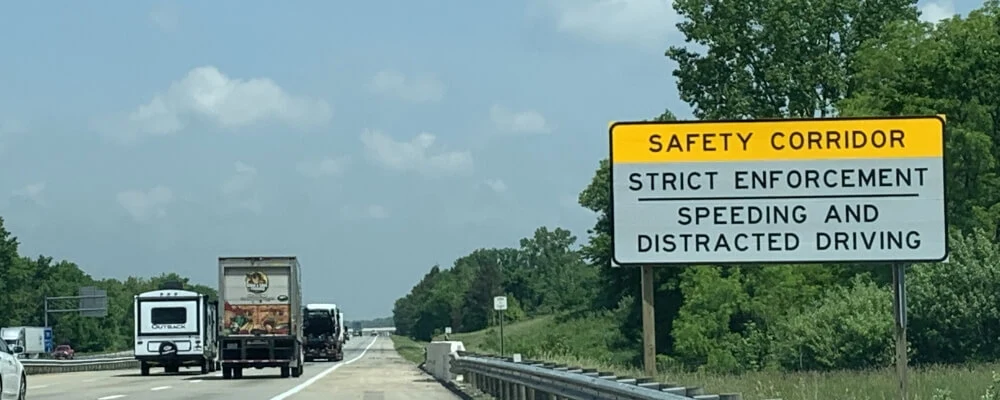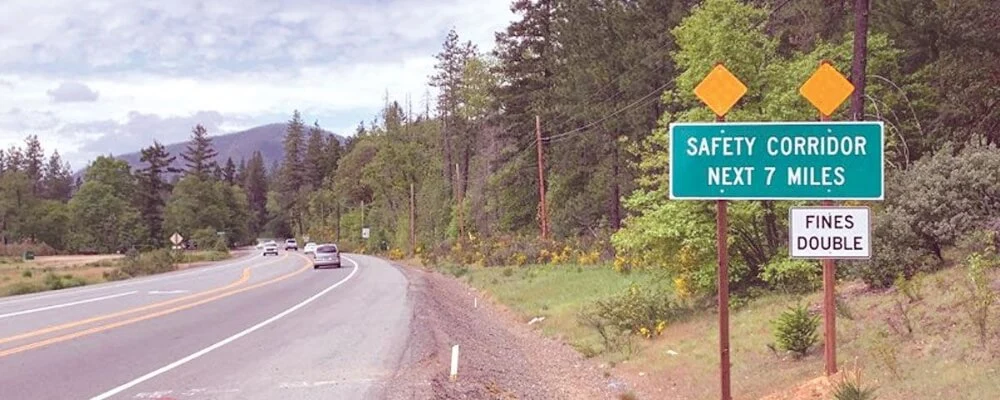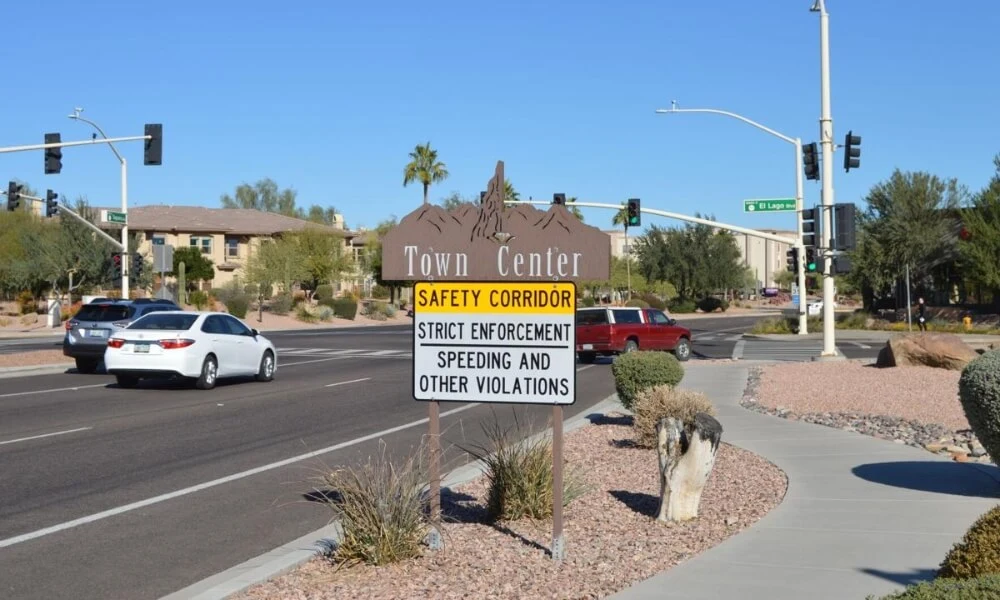Navigating through the vast networks of highways and roads, you may have encountered signs indicating that you’re entering a “Safety Corridor.” But what exactly does this term mean? In this blog post, we’re shedding light on the concept of Safety Corridors, exploring their purpose, and scrutinizing their effectiveness in improving road safety.
Safety Corridors play a crucial role in traffic safety management, but many road users often misunderstand or overlook their function. These special zones are implemented with additional precautions due to higher risk factors and are designed to enhance the safety of drivers, passengers, and pedestrians alike.
This post aims to provide a comprehensive understanding of Safety Corridors. We will explore why they exist, how they operate, and how they contribute to the overall road safety strategy. This knowledge is beneficial for seasoned drivers, novice drivers, and everyone else who uses the roads.

What Is A Safety Corridor?
A “Safety Corridor” is typically a designated stretch of highway or roadway identified as having a higher incidence of accidents or collisions. Hence, it is subject to additional safety measures and regulations. This term can be used globally, but it’s frequently seen in the United States, particularly in Oregon, Arizona, and Ohio.
Safety Corridors are generally determined through a detailed traffic data analysis, including the number of crashes, fatalities, and serious injuries over a certain period. They often include high-speed road sections with high traffic volume or are prone to severe weather conditions that can increase the risk of accidents.
Once a Safety Corridor is designated, it comes with increased safety measures, including stricter law enforcement, enhanced signage, road markings, reduced speed limits, and other engineering interventions. The ultimate aim is to reduce the number of traffic incidents and improve overall road safety.
In addition, these zones are usually marked with special signs to alert drivers they are entering a Safety Corridor, and fines for traffic violations in these zones are often increased to discourage dangerous driving behavior. This is part of a broader traffic safety initiative to reduce road crashes, injuries, and fatalities. It’s worth noting that the specifics of what designates a Safety Corridor and measures taken can vary between jurisdictions and depending on local traffic laws and regulations.

Purpose Of Safety Corridors
The main purpose of Safety Corridors is to reduce the frequency and severity of traffic accidents and improve road safety.
Safety Corridors typically have a high rate of traffic incidents due to various factors, such as high traffic volumes, challenging road conditions, or risky driving behaviors. Therefore, the authorities designate these zones as Safety Corridors to implement specific interventions to improve safety.
Key objectives of Safety Corridors include:
- Enhanced Enforcement: In these zones, law enforcement officers often increase their presence and enforcement of traffic laws. This might involve more frequent issuance of speeding tickets, stricter enforcement of seatbelt laws, or targeting aggressive driving behaviors.
- Improved Infrastructure: Safety Corridors might see infrastructure improvements aimed at enhancing safety. These might include better road surfacing, clearer road markings, the installation of crash barriers, or improved lighting.
- Increased Awareness: By designating a zone as a Safety Corridor and placing signs to that effect, authorities can increase driver awareness of the need for cautious driving. These signs often remind drivers of the increased fines for traffic violations in the area, encouraging safer driving habits.
- Traffic Calming Measures: In some cases, authorities might introduce traffic calming measures in Safety Corridors. These could include reduced speed limits, speed bumps, or other mechanisms to encourage slower driving speeds.
- Data Collection: Safety Corridors can also be useful for data collection, allowing authorities to assess the effectiveness of their safety interventions and make adjustments as needed.
In short, Safety Corridors aims to protect drivers, passengers, pedestrians, and cyclists by reducing the risk of accidents in areas identified as particularly high-risk.

The Effectiveness Of Safety Corridors
The effectiveness of Safety Corridors in reducing traffic accidents and improving overall safety is supported by multiple studies. However, the results can vary depending on the measures implemented and local conditions.
Research has shown that enhanced enforcement, improved infrastructure, and increased awareness—all common features of Safety Corridors—can reduce traffic accidents and fatalities. However, the degree to which these measures are effective can depend on many factors, including the quality of implementation, driver behavior, and road conditions.
For example, the effectiveness of Safety Corridors can be enhanced when combined with public awareness campaigns that inform drivers about the need for safe driving behaviors in these high-risk zones. Similarly, the presence of law enforcement officers can also deter risky driving behavior, thereby reducing the likelihood of accidents. Infrastructure improvements, such as better road surfacing, signage, and crash barriers, can also contribute to a safer driving environment.
However, it’s important to note that while Safety Corridors can contribute to road safety, they are not a panacea. Broader initiatives to improve driver education, enhance vehicle safety standards, and build safer infrastructure are also crucial in reducing traffic accidents and improving road safety. To determine the effectiveness of a specific Safety Corridor, traffic safety experts will often analyze data on the number of crashes, injuries, and fatalities before and after the corridor’s establishment while also considering any changes in traffic volume or patterns during that time.
Conclusion
To summarize, a Safety Corridor is a designated stretch of road known for high-risk factors, such as frequent accidents or dangerous driving conditions. Authorities establish these corridors to enhance road safety through stricter law enforcement, infrastructural improvements, and increased driver awareness.
While the effectiveness of Safety Corridors can vary depending on numerous factors, they have been shown to play a vital role in reducing the number of accidents, injuries, and fatalities on our roads. In essence, Safety Corridors serve as a testament to the ongoing commitment of traffic safety authorities to protect all road users and create a safer, more responsible driving environment.

